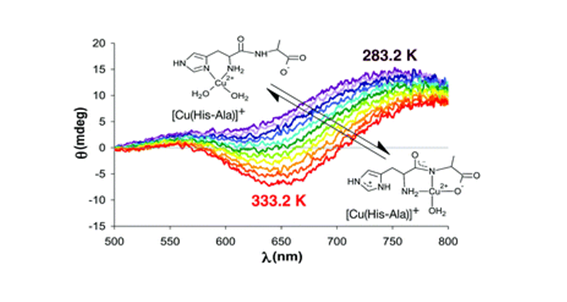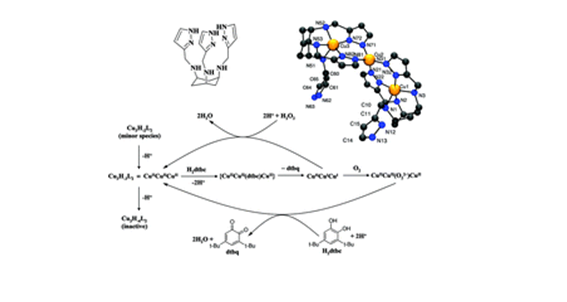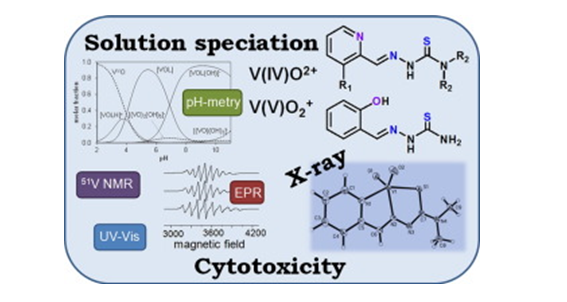
Eszter Tóth, Nóra V. May, Antal Rockenbauer, Gábor Peintler and Béla Gyurcsik Dalton Trans., 2017,46, 8157-8166 ABSTRACT The investigation of the linkage isomers of biologically essential and kinetically labile metal complexes in aqueous solutions poses a challenge, as these microspecies cannot be separately studied. Therefore, derivatives are commonly used to initially determine the stability or spectral characteristics of at least one of the isomers. Here we directly detect the isomers, describe the metal ion coordination sphere, speciation and thermodynamic parameters by Read More …


